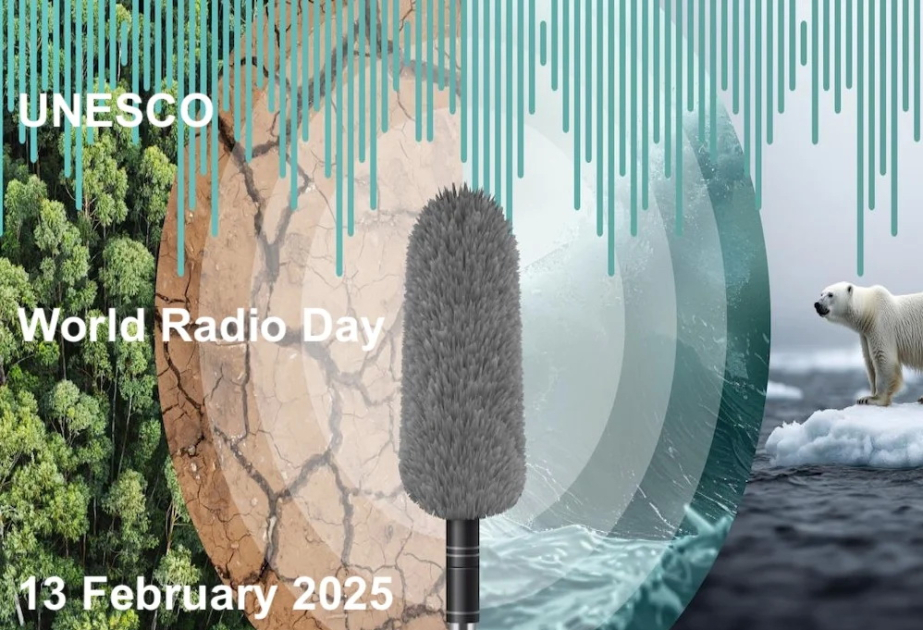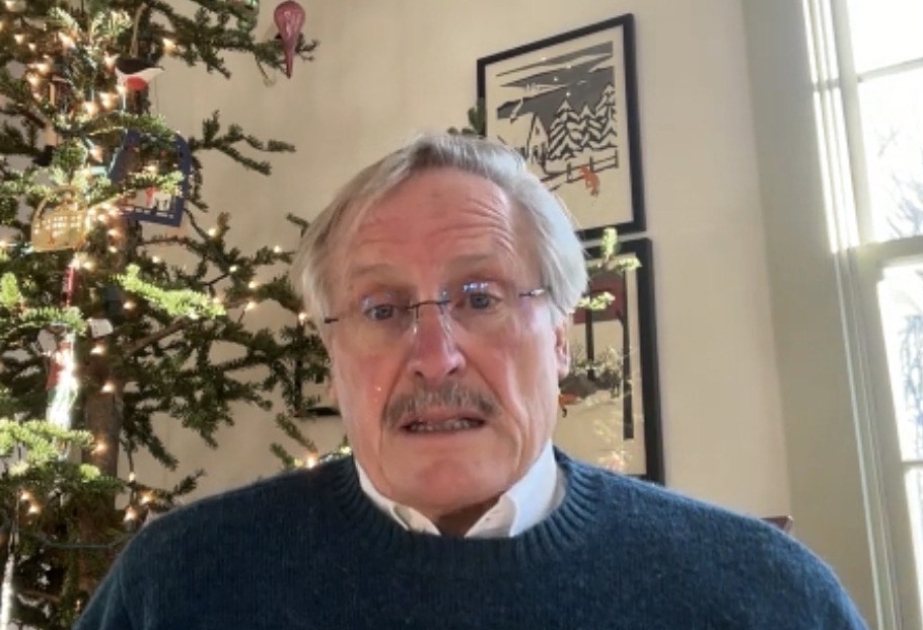Proclaimed in 2011 by the Member States of UNESCO and adopted by the United Nations General Assembly (A/RES/67/124) in 2012 as an International Day, February 13 became World Radio Day (WRD), according to the official website of the UN.
World Radio Day on February 13, 2025, is dedicated to “Radio and Climate Change” to support radio stations in their journalistic coverage of this issue.
Radio is a powerful medium for celebrating humanity in all its diversity and constitutes a platform for democratic discourse. At the global level, radio remains the most widely consumed medium. This unique ability to reach out the widest audience means radio can shape a society’s experience of diversity, stand as an arena for all voices to speak out, be represented and heard. Radio stations should serve diverse communities, offering a wide variety of programs, viewpoints and content, and reflect the diversity of audiences in their organizations and operations.
Radio is a low-cost medium specifically suited to reaching remote communities and vulnerable people, offering a platform to intervene in the public debate, irrespective of people’s educational level. It also plays a crucial role in emergency communication and disaster relief.
Radio is uniquely positioned to bring communities together and foster positive dialogue for change. By listening to its audiences and responding to their needs, radio services provide the diversity of views and voices needed to address the challenges we all face.
In the wake of the continuous increase of negative climatic effects that plague the planet, such as the confirmation that 2024 has been the warmest year on record, the deep devastation caused by the wildfires in California, or the high impact of land degradation on billions of persons, the importance of proper communication of climate events is becoming increasingly important.
If we focus the lens on our immediate future, 2025 is crucial for addressing climate change. According to the Paris Agreement, if we want to limit global warming to 1.5°C, greenhouse gas emissions need to peak by that year at the latest, and then start to decline.









.png)







